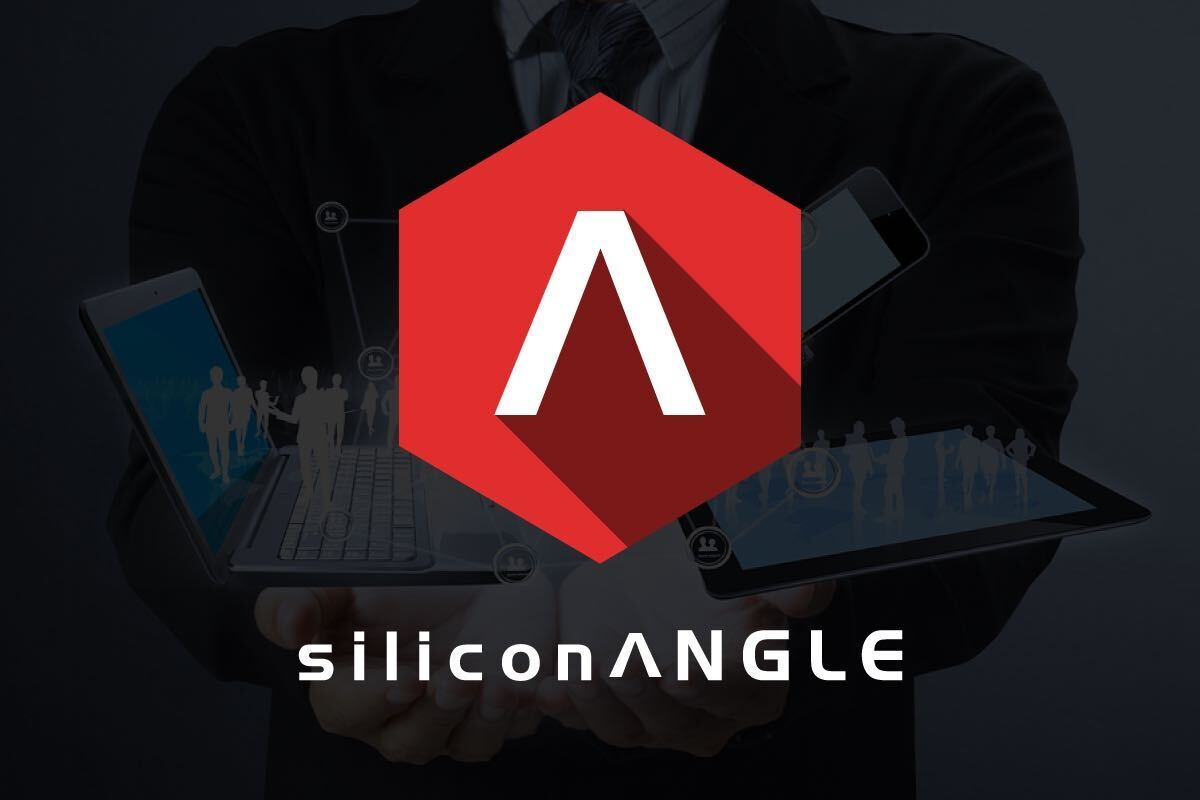


![]() Good news for people who want to make a transition from Windows to Chrome OS. Sounds like you won’t have to entirely abandon your fondness for Windows, as Citrix Receiver, a front end for Citrix’s desktop and application virtualization software, allows Windows applications to be manageable from Google’s operating system. We have witnessed this capability before, seeing iPad users given accessibility to Windows application. Citrix Receiver will be released for Chrome OS this summer.
Good news for people who want to make a transition from Windows to Chrome OS. Sounds like you won’t have to entirely abandon your fondness for Windows, as Citrix Receiver, a front end for Citrix’s desktop and application virtualization software, allows Windows applications to be manageable from Google’s operating system. We have witnessed this capability before, seeing iPad users given accessibility to Windows application. Citrix Receiver will be released for Chrome OS this summer.
Citrix is in the business of hosting applications in data centers and allowing these apps to be streamed to user devices such as thin clients, PCs, smartphones and tablets. Looking at their product line, Chrome OS is just an expansion, “another door to the applications they already have” as Payne puts it. Much of the details will be disclosed at the Citrix Synergy conference later this month.
![]() For Google, Chrome OS is all about the enterprise, and warrants the support of cloud services like Citrix to integrate its web-based OS into existing structures. Google’s partnered with Samsung and Acer for the upcoming Chrome laptops, netbooks designed for enterprise distribution. You can purchase the commercially available Chromebooks for $500 starting June or you can choose from their two plans, business and education, to not have to shed off much money on a one-time purchase. The former is available at $28 per month while the latter $20 per month. You can only avail this if you get 10 plans with a contract period of 3 years (minimum). I personally find the price a bummer; $500 is way too much, and the plans will require you to pay the remaining months or years of the contract should you decide to terminate them earlier. OUCH.
For Google, Chrome OS is all about the enterprise, and warrants the support of cloud services like Citrix to integrate its web-based OS into existing structures. Google’s partnered with Samsung and Acer for the upcoming Chrome laptops, netbooks designed for enterprise distribution. You can purchase the commercially available Chromebooks for $500 starting June or you can choose from their two plans, business and education, to not have to shed off much money on a one-time purchase. The former is available at $28 per month while the latter $20 per month. You can only avail this if you get 10 plans with a contract period of 3 years (minimum). I personally find the price a bummer; $500 is way too much, and the plans will require you to pay the remaining months or years of the contract should you decide to terminate them earlier. OUCH.
A direct competitor of Citrix Receiver on this service is VMware View, though it’s pretty apparent that the latter is lagging behind. VMware view allows users to use Windows 7 app on the iPad, but the ongoing development in this space indicates the importance of mobile cloud services for the future enterprise.
A similar announcement made at Google I/O was by Springpad, another early supporter of Chrome. The application now allows users to manage and use their Springpad account on Honeycomb tablets. Moreover, users will be allowed to access their data even if offline. If the connection goes down, the update is stored locally and is updated as soon as the device is connected again. No need to stop your business even if you are cut off from the worldwide web.
Springpad wants to span across many devices, and its announcement at Google I/O is not something that just came up recently. It was planned, well-planned, for customers to be productive regardless of the device used.
Support our mission to keep content open and free by engaging with theCUBE community. Join theCUBE’s Alumni Trust Network, where technology leaders connect, share intelligence and create opportunities.
Founded by tech visionaries John Furrier and Dave Vellante, SiliconANGLE Media has built a dynamic ecosystem of industry-leading digital media brands that reach 15+ million elite tech professionals. Our new proprietary theCUBE AI Video Cloud is breaking ground in audience interaction, leveraging theCUBEai.com neural network to help technology companies make data-driven decisions and stay at the forefront of industry conversations.